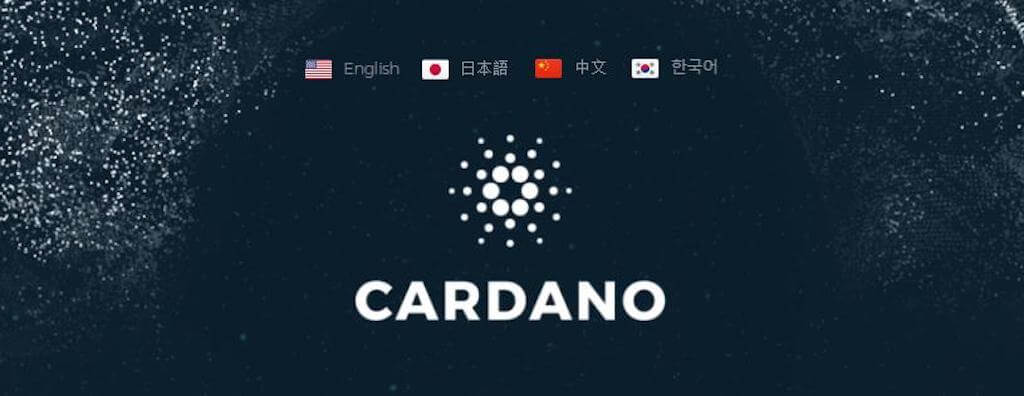

2019 has been an exciting year for Cardano, which made another significant step towards decentralisation with the Shelley Project. The recent Cardano news about the Shelley roadmap is a promise of a more robust blockchain run by community governance.
Shelley could turn the Cardano blockchain into a fully decentralised network by implementing staking pools. This roadmap enables ADA holders to delegate their stake when they can’t run an active node.
At the same time, under Shelley, the network offers extra benefits to the users who actively participate in the PoS (Proof of Stake) consensus protocol.
The latest Cardano news about the Shelly phase isn’t going to happen overnight, however. The rollout will happen gradually, as the network implements its Ouroboros protocol and integrates it with the new roadmap.
This way, they can control the integrity of the system and guarantee the security on the blockchain for all operators.
Can this Cardano news increase blockchain adoption? It’s hard to tell, as we’re looking at a long process. Developers are going to test a series of new features and implement them on the network based on the feedback received from users.
With Shelley, the Cardano blockchain will improve its PoS consensus protocol. In its original version, the PoS blockchain protocol had to handle situations in which node or pool operators couldn’t stay active 24/7, making it impossible for the network to reach consensus and validate transactions.
When node operators are offline, the consensus can’t be described as complete. So participants that aren’t active can’t be sure whether their copy of the blockchain is secure. This leaves plenty of room for network failure, with significant consequences for investors and operators that run their operations on the blockchain.
Cardano’s innovative PoS protocol is called Ouroboros and provides a solution to this issue. On the Cardano blockchain, participants (new or offline) can rejoin the network in complete safety. They can re-sync their blockchain copy from the first trusted block on the network (also called Genesis). The process is similar to the one used by operators on PoW (Power-of-Work consensus) blockchains.
The Cardano news about Shelley reveals that the network can reach 100% decentralisation. Blockchain operators that go offline can transfer their participation rights to the stake pool operator, using a delegation certificate.
While operators delegate, they can continue to use their coins as they wish, so their monetary rights aren’t affected in any way by this temporary transfer.
Better yet, delegators are still entitled to receive the rewards resulting from validating new blocks, proportional to their stake, while pool operators receive a fee for their implication in keeping the network active.
As a recap of the Cardano news, Shelley is going to support the network in three ways:
By rewarding the stakeholders, developers encourage them to follow the protocol and make sure that the system runs smoothly 24/7.
Stakeholders can hand over their rights to sign blocks to stake pool operators, who will validate transactions when stakeholders are offline.
Using Shelley, the network supports decentralisation.
Shelley could be one of the most critical milestones in the evolution of blockchain technology. It’s a shift from centralisation to a new system, that’s fairer and more efficient. With this new phase, Cardano hands the control of the ledger to the community, for a fully decentralised network.
Moreover, users who aren’t tech-savvy enough to participate actively on the network can now contribute more effectively, by delegating.
The Shelley phase could open up a new era for the cryptocurrency ecosystem. It could provide more effective client support, faster synchronisation on the network, and better financial tools for users, among other benefits.
Why is decentralisation so important for the cryptocurrency ecosystem? Because it means that power is better distributed among the blockchain operators, something most networks are aiming to achieve. Simply put, decentralisation guarantees that anyone can participate in the blockchain and validate blocks, respecting the consensus protocols.
Cardano is a decentralised network built on the blockchain that uses the ADA coin. It’s similar to Ethereum, being mostly a smart contract-based system, with the difference that this network has separate layers for running ADA exchange and smart contracts.
The network was launched in 2017, after two years of development, by co-founders Jeremy Wood and Charles Hoskinson, also a co-founder of Ethereum.
Cardano is often named the “third generation crypto coin”, following Bitcoin and Ethereum, and combining the principles of the two previous networks with innovative language and a more effective consensus protocol.
Its coin, the ADA cryptocurrency is still hard to buy for now. Price predictions for it are also challenging since the network is still under development.
Denver, Colorado, 24th February 2025, Chainwire
Denver, Colorado, 20th February 2025, Chainwire
Washington, D.C., 18th February 2025, Chainwire
Dubai, UAE, 27th January 2025, Chainwire
Those who enter the market at this time may be surprised to hear that Bitcoin…
George Town, Grand Cayman, 22nd November 2024, Chainwire